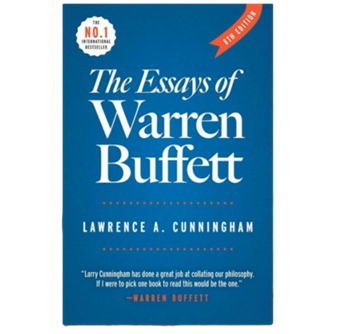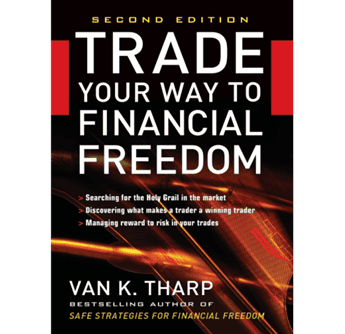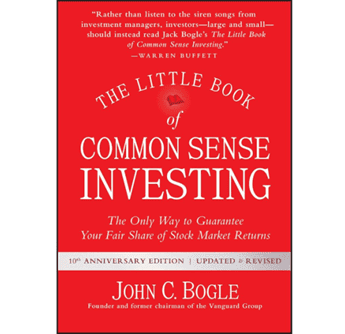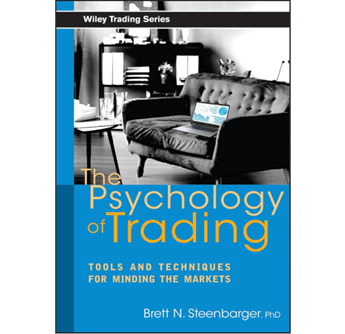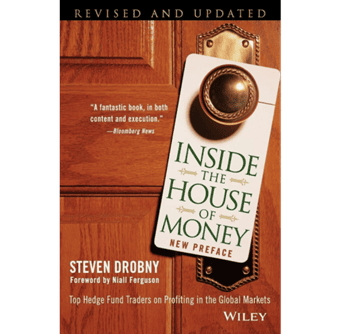
The Philosophy Behind "Uncommon Profits" — Seeking the Exceptional
Fisher rejected the idea of hunting for undervalued stocks based only on ratios or book value. Instead, he sought exceptional businesses capable of expanding sales, profits, and competitive advantages over time.
He believed that wealth comes from identifying companies with durable leadership, deep innovation, and ethical management — and owning them patiently.
Key beliefs:
Focus on quality growth, not short-term gains.
Invest in businesses, not tickers.
Evaluate management as carefully as financials.
Let compounding do the heavy lifting.
The Fifteen Points — Fisher's Framework for Identifying Great Companies
Fisher's famous checklist remains one of the most practical tools in equity analysis. Below is a summarised and updated version:
Fisher's famous checklist
| No. |
Core Principle |
What to Examine |
| 1 |
Strong market potential |
Expanding demand and industry leadership |
| 2 |
Continuous innovation |
Meaningful, consistent R&D investment |
| 3 |
Product excellence |
Durable quality and competitive differentiation |
| 4 |
Scalable sales model |
Capable of supporting long-term growth |
| 5 |
High profit margins |
Structural advantage, not temporary windfall |
| 6 |
Margin sustainability |
Pricing power and cost discipline |
| 7 |
Transparent management |
Honest, communicative leadership |
| 8 |
Depth of leadership |
Bench strength beyond the founder |
| 9 |
Solid accounting |
Clear cost controls and reliable reporting |
| 10 |
Distinctive advantages |
Patents, brand, or network moat |
| 11 |
Long-term planning |
Strategic growth roadmaps and R&D vision |
| 12 |
Prudent financing |
Controlled debt and limited dilution |
| 13 |
Integrity under stress |
Honest updates in downturns |
| 14 |
Ethical conduct |
Respect for shareholders and partners |
| 15 |
Strong distribution |
Superior market access and logistics |
Fisher saw these not as rigid rules but guiding questions — a framework for judging quality rather than finding quick bargains.
The Scuttlebutt Method — Research Beyond the Balance Sheet

Fisher's scuttlebutt approach was his secret weapon: talk to people who know the company best.
How to Apply It Today:
Diversify your sources — customers, suppliers, employees, and competitors.
Validate insights — confirm stories with at least two independent opinions.
Leverage digital tools — use investor calls, employee reviews, and patent filings to gather qualitative clues.
Avoid bias — listen more than you talk, and verify every anecdote.
This people-centred research uncovers truths numbers can't show — such as culture, innovation speed, and reputation.
Patience and Concentration — The Long Game
Fisher famously said that the biggest investment mistakes come from selling too soon.
He recommended holding a small number of exceptional companies and allowing their value to compound for years.
Reasons for this approach:
Compounding rewards patience — great companies often grow exponentially.
Focus builds expertise — knowing fewer businesses deeply reduces risk.
Selling discipline — exit only if management weakens or the business model breaks.
The Conservative Investor Sleeps Well — Growth with Safety

In his later writings, Fisher clarified that "conservative" investing does not mean avoiding risk entirely, but understanding and controlling it.
A conservative investor seeks growth through quality, not speculation.
What defines conservative growth investing:
Companies with proven profitability and honest governance.
Industries with structural demand (e.g. healthcare, essential technology).
Prudent debt, consistent cash flow, and resilient operations.
Fisher vs. Graham — Two Sides of the Same Coin
Philip Fisher vs Benjamin Graham
| Aspect |
Philip Fisher
|
Benjamin Graham |
| Focus |
Business quality and innovation |
Valuation and margin of safety |
| Research |
Scuttlebutt and qualitative analysis |
Financial statement analysis |
| Portfolio |
Concentrated and long-term |
Diversified and defensive |
| Risk control |
Invest in great businesses |
Buy below intrinsic value |
Both philosophies share one truth: true safety lies in knowledge.
Modern investors like Warren Buffett blend the two — buying high-quality companies at fair prices, not just cheap stocks.
Applying Fisher's Wisdom in Today's Market
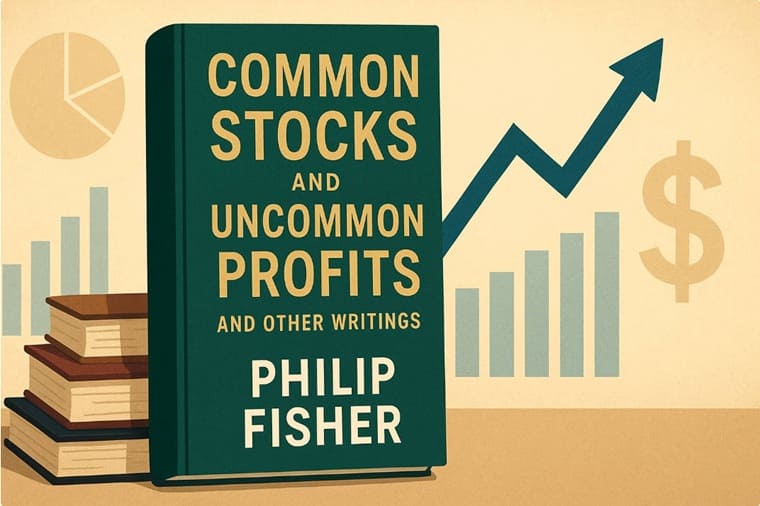
Though written in the 1950s, Fisher's framework applies even more powerfully today — particularly in innovation-driven sectors.
Examples of modern relevance:
Technology: Look for companies with user ecosystems and recurring revenue.
Healthcare: Assess research pipelines and regulatory expertise.
Renewable energy: Identify firms with scalable, patented solutions.
Checklist for modern investors:
Verify management integrity and long-term thinking.
Review R&D and intellectual property.
Track market share consistency.
Evaluate balance sheet health and free cash flow.
Study customer satisfaction and brand strength.
Common Pitfalls Fisher Warned Against
Chasing trends: Popular stories fade; quality endures.
Ignoring valuation: Even great companies can be overpriced.
Underestimating competition: A good product today can be obsolete tomorrow.
Selling too early: Short-term profit-taking destroys compounding.
Key Takeaways — Building a Fisher-Inspired Mindset
Focus on exceptional management and innovation.
Think like a business owner, not a trader.
Be patient — time in the market beats timing the market.
Concentrate capital in companies you truly understand.
Blend qualitative insights with disciplined financial analysis.
Fisher's wisdom endures because it teaches more than investing — it teaches judgment, patience, and respect for genuine excellence.
Frequently Asked Questions (FAQ)
1. What is the main idea of Common Stocks and Uncommon Profits?
Fisher argues that superior investment results come from buying outstanding companies and holding them long-term, rather than trading undervalued ones.
2. How is Fisher's approach different from value investing?
Value investors often seek undervalued stocks based on numbers, while Fisher focuses on growth potential, management quality, and innovation.
3. What is the "scuttlebutt" method?
It's Fisher's research technique of gathering insights from people who know a company — customers, competitors, suppliers — to judge its true quality.
4. Did Warren Buffett follow Fisher's ideas?
Yes. Buffett has credited Fisher for inspiring him to combine value principles with a focus on quality and long-term growth.
5. How can I apply Fisher's ideas as a retail investor today?
Start small: analyse companies' management teams, innovation culture, and financial resilience. Read annual reports, study customer reviews, and avoid reacting to short-term market moves.
6. Are Fisher's principles still relevant in the digital era?
Absolutely. In fact, with today's fast-changing markets, understanding qualitative strengths — innovation, leadership, adaptability — matters more than ever.
Conclusion — A Legacy of Long-Term Thinking
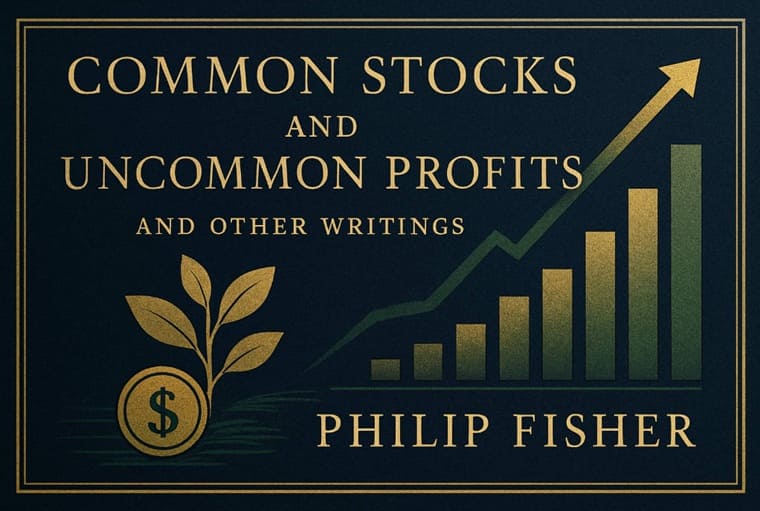
Philip Fisher's ideas stand as a reminder that true investing is an act of patience, conviction, and insight.
By looking beyond numbers to understand a company's character and long-term potential, investors can uncover the uncommon profits that endure — not through speculation, but through trust in genuine excellence.
Disclaimer: This material is for general information purposes only and is not intended as (and should not be considered to be) financial, investment or other advice on which reliance should be placed. No opinion given in the material constitutes a recommendation by EBC or the author that any particular investment, security, transaction or investment strategy is suitable for any specific person.















